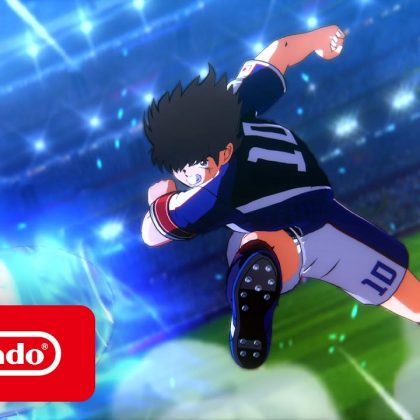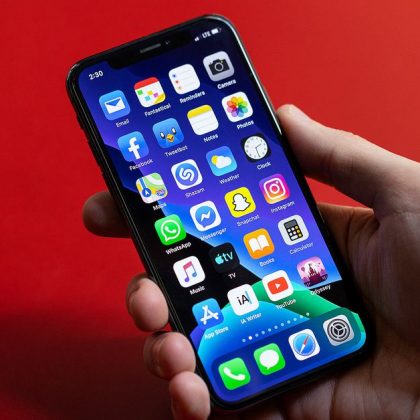poly-lt-wire-logo Kojima Productions/Sony Interactive Entertainment via Polygon A look into the music and sounds of Death Stranding Ludvig Forssell and I found ourselves in the aisles of Home Depot, banging on random objects to hear how they sounded. Next on our agenda? Hitting a piano with a sledgehammer, to see how that sounded. It was all part of the job. Would it surprise you to learn that we were working on Death Stranding as we removed items from the shelf, only to slam them together in search of interesting sounds? Because that’s exactly what we were doing: our jobs. But how did we get here, and why? Starting before scratch Sony, which would be publishing the game on PlayStation 4, reached out to me about Death Stranding in 2017. We’ve had a great relationship since we first worked together on my score for The Unfinished Swan, and the company knows how important musical sound design and original sounds are to my process. I see sound creation and composition as different parts of the same thing, and tend to do both at once, usually starting from a clean slate rather than working from a template. I approach composition as a listener first, which makes me comfortable with curveballs. I’d never written baroque-style pieces before The Unfinished Swan, or military marches before The Tomorrow Children. My first step would always be to just listen to that style of music, soaking it in, making sure I understood what made it special and how it could be used to express the themes and tone of each game. And I knew Death Stranding would be another new creative challenge, which it was — starting with the fact that I wouldn’t be composing the score. Starting a project knowing that you won’t be executing the role in your job title turns out to be a great way to discover everything else you have to offer as a creator. Sony suggested I talk to Ludvig Forssell, audio director at Kojima Productions and composer of Death Stranding, who was already hard at work on the score, to ask how I might be able to help. He had lots of ideas about the kinds of aggressive, sound-design-driven timbres and textures he thought would make the score unique. He wanted the music to be disorienting, aggressive, and unrelenting. He wanted a big, modern, epic, cinematic sound — but without the instrumentation that we typically associate with that kind of score. I could tell that this was going to be a production that was as much about its palette as its compositions. So that was my first role: to listen, consult, and offer support — roles that are at the heart of what a composer does before composing anything. We shared music, and talked shop. We came away from those discussions with a better idea of what the score should and shouldn’t be. We wanted intensity, and wanted that intensity to come from an approach rooted in rhythm and texture more
Read More
14November





